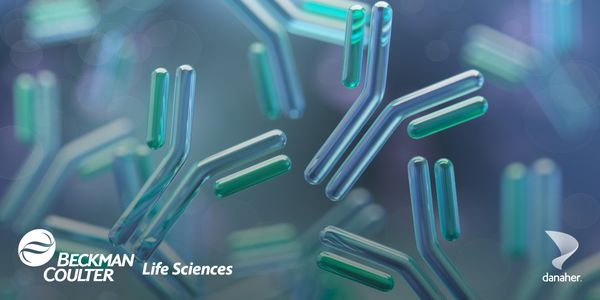The axolotl salamander as a model for nerve-dependent regeneration
The Mexican axolotl (Ambystoma mexicanum) is an aquatic salamander that possesses some of the most astonishing regenerative abilities found in nature. Able to fully regenerate amputated limbs, the axolotl may hold the key to unlocking similar abilities in others animals. Salamander limb regeneration has been a source of scientific study and fascination for centuries, but only recently have the cellular and molecular mechanisms behind this process begun to come to light. Our lab focuses on elucidating the molecular relationship between peripheral nerves, which are essential for regeneration, and the proliferative regenerating limb. Nerve dependent wound healing and regeneration have been observed across a vast array of animals, and we have found that a certain nerve-derived protein, Neuregulin-1, is essential to this process in axololts and is capable of rescuing limb regeneration even in the absence of nerves. The goal of this talk is thus to introduce the axolotl as a model for the study of cell and regenerative biology while providing an overview of our recent findings on the molecular basis of nerve dependent tissue growth.






